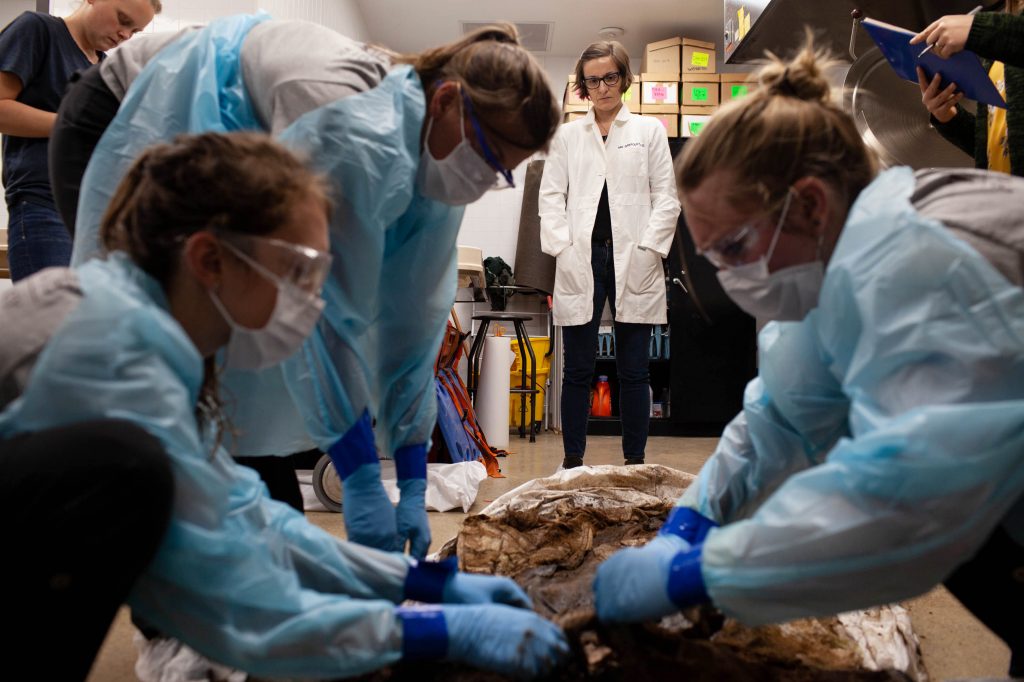A technique common in colonial states is for colonizers to attempt to gain possession of the history of the colonized peoples to better control them. One of the primary ways this is achieved is through dehumanizing colonized people by ‘studying’ native remains without consent. To add insult to injury, most of the research being conducted with, and the conclusions being drawn from these remains were mostly based in pseudoscience. “During the 19th and 20th centuries medical officers, anatomists, ethnologists, anthropologists, and pastoralists collected ancestral remains for ‘scientific’ research linked to explaining human biological differences.” Rightfully so, aboriginal communities in Australia wish to reclaim the history and culture that was stolen. In most of these countries, the act of repatriating stolen bodies or aspects of material culture is a reasonably new phenomenon. In the case of Australia, where aboriginal remains were stolen until the middle of the 20th century and perhaps beyond, repatriation on the government scale has only begun in the 21st century. In Australia between 1788 and 1948, thousands of Aboriginal remains were exhumed and examined, shipped off to museums and institutes without the consent of the aboriginal people. “The Australia government’s International Repatriation Program estimates that some 1,000 Aboriginal remains are still held in museums worldwide today.” Only very recently have Australia and the Australian people begun the process of repatriating this remains, and a primary issue currently being addressed is who gets the remains. Like any group of native peoples across such a huge amount of territory, the Aboriginal people are not a monolith, but since they have been subjected to so much brutality by a colonial government, their identities have been all but stripped. Even in comparison to native people in the United States, aboriginal representation and autonomy in Australia is almost nonexistent. “The South Australian Museum, for instance, only began repatriating its collection of 4,5000 Aboriginal remains this year.” Recently, a new website went online with the goal of providing the necessary steps for the repatriation of Aboriginal remains. The website seeks to educate Australians about the history of this side of colonization, as well as the importance of repatriation. The history of the relationship between Australia and the natives who inhabited the land before the existence of the colonial state mirrors that of American relations with natives in many ways, and the theme of repatriation is very similar to what we have discussed in class surrounding acts like NAGPRA.

Remains being re-buried













